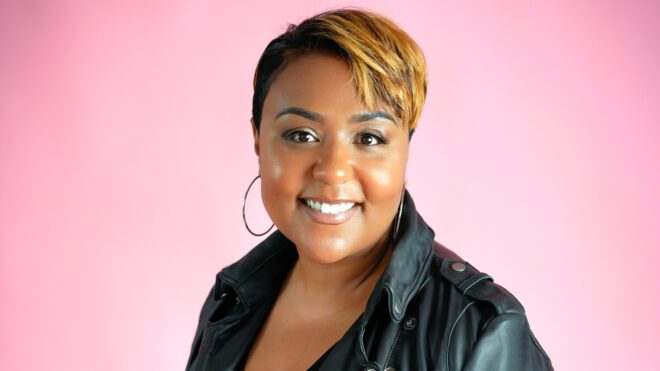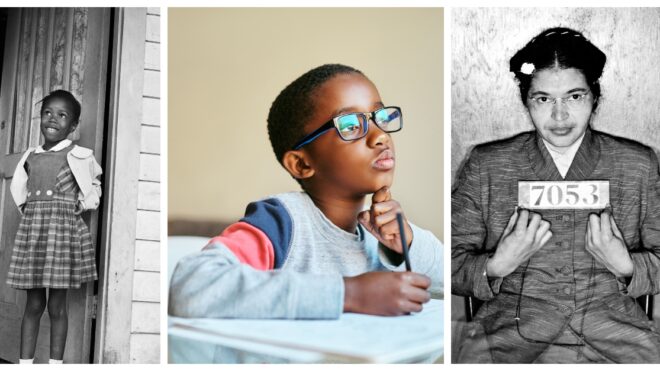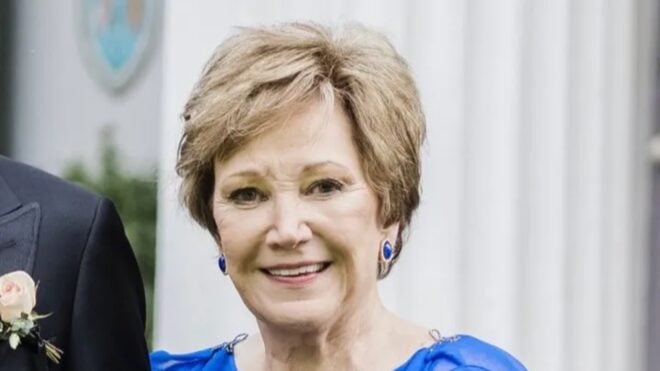
Created by cartoon animator Max Fleischer, Betty Boop became a cultural icon in the 1930s. A symbol of the bygone roaring twenties and all of its wonderful debauchery, the cartoon was a hit with adults and later with children, when she became more toned down.
More than the caricature of a flapper, Betty Boop represented a fully realized woman. Other female cartoons of the era like Minnie Mouse were almost replicas of their male counterparts with only a few details changed; the animations did not take on the human female form and were portrayed as childish. Betty on the other hand was sexually autonomous and outspoken against the old values asserted by her parents and the previous generations.
Nevertheless, after the infamous Hays Code forced morality restrictions on film, the sexual and psychological undertones of Miss Boop were almost entirely eliminated. The character was essentially relegated to a more demure career girl in later years, yet Betty Boop remained a household name for decades.
While the image of the busty, doe-eyed animation may be one of the nation’s most recognizable faces, most people couldn’t pick the original Betty Boop out of a lineup. So who inspired Max Fleischer’s runaway hit cartoon? Was it the quirky Helen Kane, who “boop-a-doop’ed” like Betty? Or perhaps the ‘30s it-girl Clara Bow, whose short hair and thin eye brows perfectly mimicked the flapper cartoon’s? Or maybe it was Baby Esther, the black jazz singer whose name has been long erased by history?
Well, we’ve got an answer, and it’s a little complicated…
Although many believe Helen Kane is the inspiration for Betty Boop, the character would not have been possible without 1920s jazz singer Esther Jones, aka Baby Esther.
Nicknamed after her “baby” singing style, Esther performed regularly at the famous Cotton Club in Harlem.
Esther was known for using phrases like “Boop-oop-a-doop” (which would later become a signature of the cartoon’s). Yet, while the Betty Boop creators have acknowledged that Baby Esther is the true original, most people credit Helen Kane. Why? Helen Kane went out of her way to take the credit.
You see, the thing is that Betty Boop was initially intended, by creator Max Fleischer, to be a caricature of Helen Kane — though he didn’t know at the time that Kane was merely a Baby Esther copycat.
This is just the beginning of the story behind Betty Boop — click to the NEXT page to find out more!
It’s up to you to decide where the story of Baby Esther’s erasure begins. In 1930, Betty Boop appeared in the cartoon Dizzy Dishes as an anthropomorphic French poodle. Betty didn’t become human until 1932 when her floppy ears turned into hoop earrings.
However, things took a bit of a messy turn in 1932 when Helen filed a $250,000 infringement lawsuit against Max Fleischer for exploiting her personality and image.
It was during this trial that the real Betty Boop was exposed. Theatrical Manager Lou Walton testified that Helen Kane had seen Baby Esther’s act in April, 1928. An act in which Baby Esther sang the song “I Wanna Be Loved By You” with phrases like “boop-boop-a-doop” sung throughout the performance. Just a few weeks later Kane began to “boop” like Baby Esther.
Lou Walton also testified that in 1925 he had personally taught a young Baby Esther her signature scat style. Helen Kane's plan was unraveling.
By the time the trial had taken place, Baby Esther had already passed — the jazz singer had nothing to gain from the revelation. However, Helen Kane’s career was on the decline, and this was an easy way to get back in the public eye.
The trial went on for how long?! Keep reading to find out!
After the trial had gone on for two years, Max Fleischer managed to locate a 1928 sound film of Baby Esther’s performance “boop-a-doops” and all. The case was finally put to rest, Baby Esther’s legacy was restored and Helen Kane’s theft was exposed.
Judge Edward J. McGoldrick ruled, “The plaintiff has failed to sustain either cause of action by proof of sufficient probative force,” and that in his opinion the “baby” singing style did not originate with Kane. He also found that Kane did not create Betty Boop’s appearance, as the cartoon closely resembled another star of the era named Clara Bow (pictured below).
So does this mean Betty Boop is black? No, of course not — but she was, in part, inspired by the musical style of a black artist. All it means is that it's important to give artists the credit that they deserve. You can try to rewrite history like Helen Kane, but the truth will always come out!







